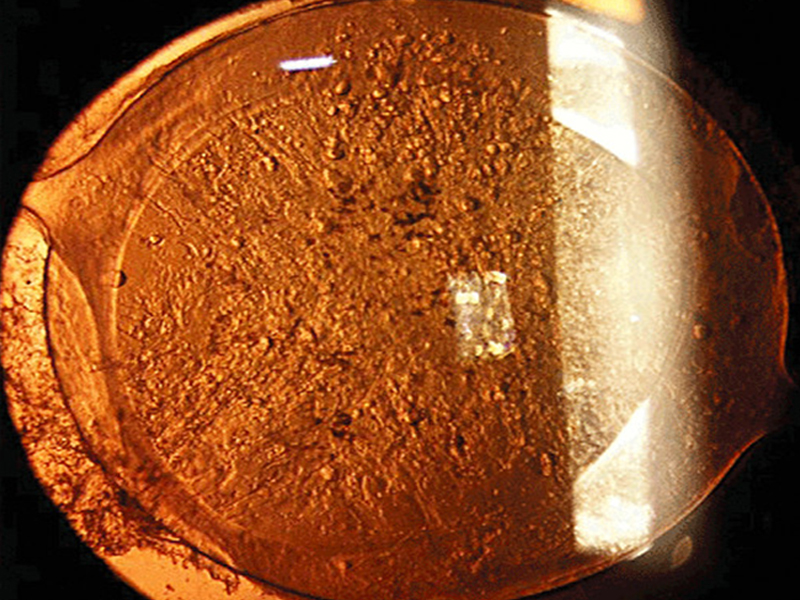

Posterior Capsular Opacification (PCO) is a common complication that occurs after cataract surgery. It is sometimes referred to as a “secondary cataract,” though it is not a true recurrence of cataracts. PCO arises when epithelial cells left behind after cataract surgery proliferate and migrate across the posterior capsule, leading to visual impairment. Although advancements in intraocular lens (IOL) design and surgical techniques have reduced its incidence, PCO remains one of the leading causes of reduced vision following cataract surgery.
PCO develops due to the proliferation and migration of residual lens epithelial cells (LECs) left in the eye after cataract surgery. These cells can accumulate on the posterior capsule, forming a membrane that scatters light and blurs vision. Several factors influence the likelihood of developing PCO, including:
PCO typically develops months or years after cataract surgery. The symptoms include:
PCO is diagnosed through a comprehensive eye examination, including:

The standard treatment for PCO is YAG (Yttrium aluminum garnet) laser capsulotomy, a quick and painless outpatient procedure. During the procedure:
In the early stages, cataract symptoms can be managed with:
Though generally safe, YAG laser capsulotomy carries some risks, including:
For most patients, PCO treatment with YAG laser capsulotomy results in lasting visual improvement. However, a small percentage of patients may develop residual opacification or require further interventions. Regular eye exams remain essential for detecting any postoperative complications and maintaining optimal vision.
Posterior Capsular Opacification is a treatable condition that can develop after cataract surgery. Although it can impair vision, YAG laser capsulotomy provides an effective and safe solution for restoring sight. Advances in surgical techniques and IOL technology have helped reduce its incidence, but continued research is needed to further minimize its occurrence. Patients experiencing vision problems after cataract surgery should consult an ophthalmologist for timely diagnosis and management.

We offer advanced treatments, expert consultations, and state-of-the-art technology to ensure your vision stays sharp and healthy. Book an appointment today and take the first step toward better eye health.